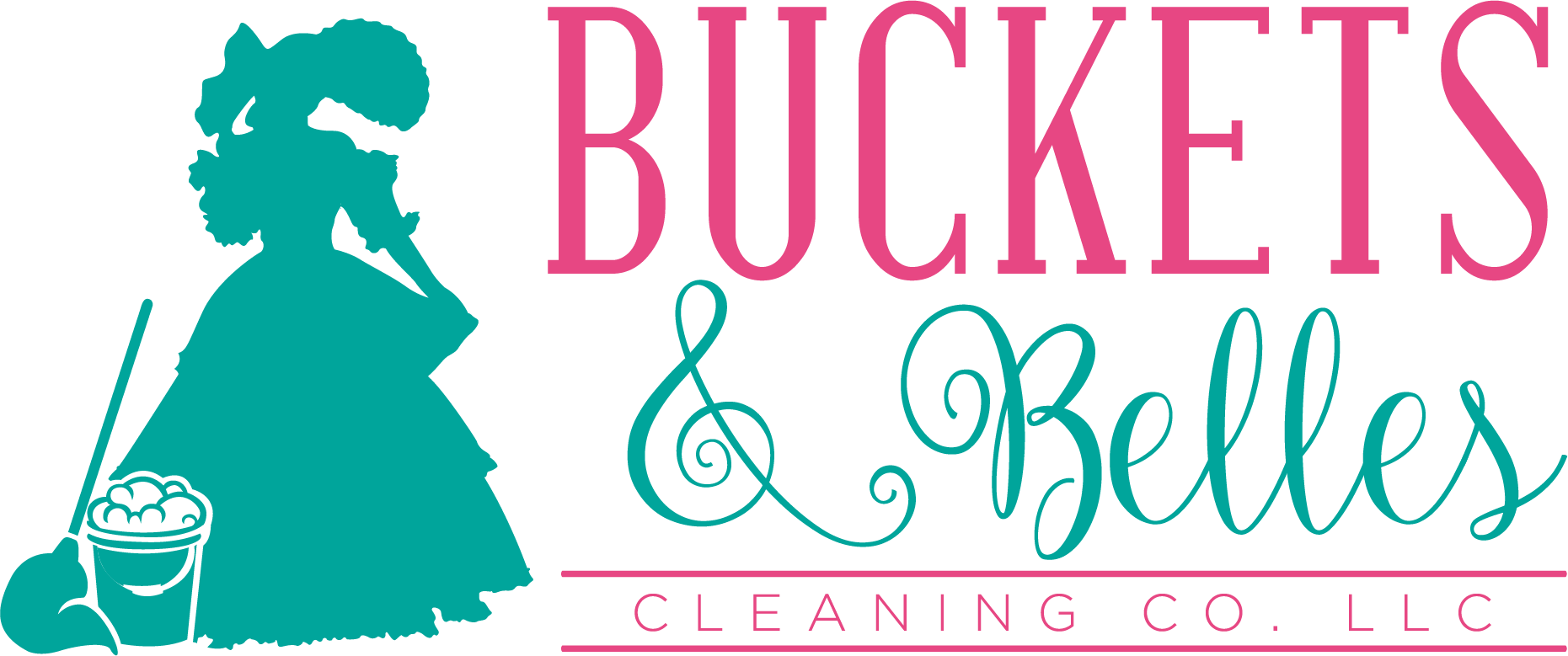-
Let’s talk about hand soaps. It’s so basic and we use it without ever thinking about it. But here are a few things to think about when choosing the right soap.
Hand soap is usually found in either bar or liquid form. Bar soap is made from animal fat or vegetable oils with the caustic sodo added. Liquid hand soap is cleaner and doesn’t leave the messy residue of bar soap. (That’s why body washes don’t leave soap scum on shower walls, but bar soap does.)
Many liquid hand soaps are also labeled ‘antibacterial.’ However, don’t worry with buying those and here’s why. First, they don’t prevent infections better than regular soap. Secondly, we all know the more antibiotics are used, the more likely it is that the bacteria they are meant to fight will develop resistance to the drugs. Similarly, there is concern that overuse of antibiotic soaps may fuel the spread of antibiotic-resistant bacteria (!) That’s why the length of time you spend washing your hands is more important. Work the soap in your hands and around each finger. Spend 20 seconds washing and then rinse with warm water. This will kill the germs.
Foaming hand soap is just watered down liquid soap. You’re getting an eighth of the soap and the rest water. Then, when you use the pump, you’re simply washing your hands with the bubbles of the actual soap.
The stronger the scent of a hand soap, the worse it is for your hands. It only dries out your natural oils in your hands.
Should you need a hand santizer to kill germs, use one with ethyl alcohol, perferably mixed into a gel to help prevent dry skin. Ethyl alcohol kills both viruses and bacteria and works quickly. However, you should sparingly.
Stay healthy!
Appointment
Looking for a highly experienced cleaning service? Click to make your free home estimate appointment now!
Buckets & Belles House Cleaning | Gadsden, AL

